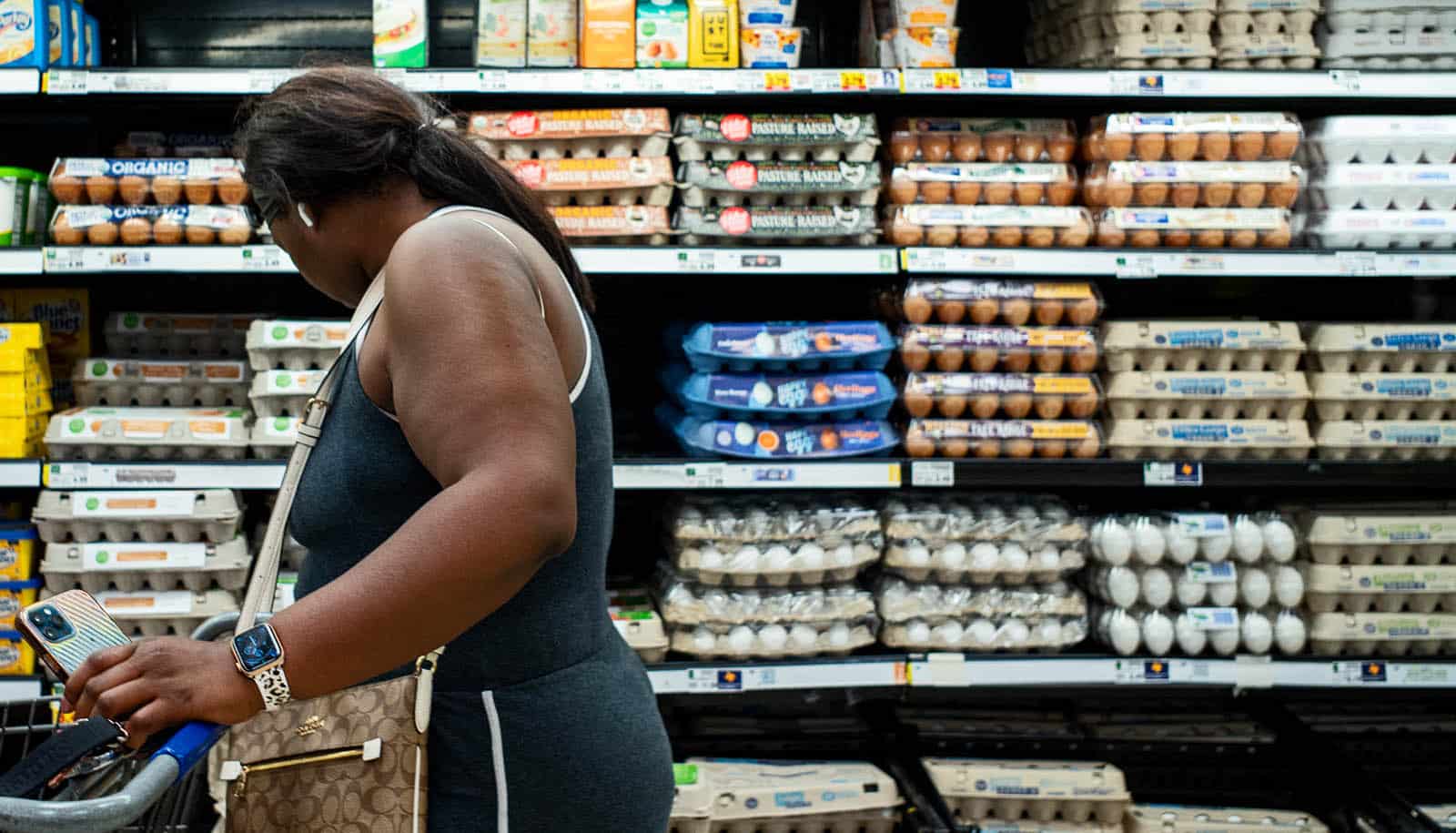Just 12% of Americans are responsible for eating half of all beef consumed in the United States on a given day, a new study shows.
The finding may help consumer groups and government agencies craft educational messaging around the negative health and environmental impacts of beef consumption.
Those 12%—most likely men or people between the ages of 50 and 65—eat what researchers call a disproportionate amount of beef on a given day, a distinction based on the latest Dietary Guidelines for Americans, which suggest 4 ounces per day of meat, poultry, and eggs combined for those consuming 2,200 calories per day.
For the study, published in the journal Nutrients, the researchers analyzed data from the CDC’s National Health and Nutrition Examination Survey, which tracked the meals of more than 10,000 adults over a 24-hour period.
The global food system emits 17 billion tons of greenhouse gases a year, equivalent to a third of all planet-warming gases produced by human activity. The beef industry contributes heavily to that, producing 8 to 10 times more emissions than chicken, and over 50 times more than beans.
“We focused on beef because of its impact on the environment, and because it’s high in saturated fat, which is not good for your health,” says Diego Rose, professor and nutrition program director at Tulane University School of Public Health and Tropical Medicine and the study’s senior and corresponding author.
The study’s purpose was to assist in targeting educational programs or awareness campaigns to those eating disproportionate amounts of beef, Rose says. Honing messaging around the environmental impact of beef production is crucial at a time when climate change awareness is higher than ever.
Rose says he and fellow researchers were “surprised” that a small percentage of people are responsible for such an outsized consumption of beef, but it’s yet to be determined if the findings are encouraging for sustainability advocates.
“On one hand, if it’s only 12% accounting for half the beef consumption, you could make some big gains if you get those 12% on board,” Rose says. “On the other hand, those 12% may be most resistant to change.”
The study also found that those who were not disproportionate beef consumers were more likely to have looked up USDA’s MyPlate food guidance system.
“This might indicate that exposure to dietary guidelines can be an effective tool in changing eating behaviors, but it could also be true that those who were aware of healthy or sustainable eating practices were also more likely to be aware of dietary guideline tools,” says lead author Amelia Willits-Smith, a postdoctoral fellow at the University of North Carolina at Chapel Hill.
Of the beef consumed on a given day, almost a third came from cuts of beef such as steak or brisket. But six of the top 10 sources were mixed dishes such as burgers, burritos, tacos, meatloaf, or spaghetti with meat sauce. Some of these foods may offer an easy opportunity for disproportionate beef eaters to alter their dietary habits.
“If you’re getting a burrito, you could just as easily ask for chicken instead of beef,” Willits-Smith says.
Those below the age of 29 and above the age of 66 were least likely to eat large amounts of beef. Rose says this indicates that the younger generation might be more interested in mitigating the effects of climate change.
“There’s hope in the younger generation, because it’s their planet they’re going to inherit,” Rose says. “I’ve seen in my classes that they’re interested in diet, how it impacts the environment, and what can they do about it.”
Source: Tulane University



